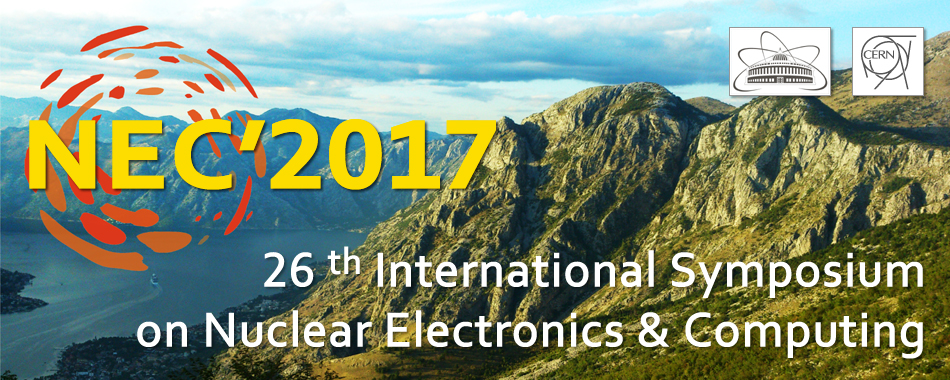Speaker
Prof.
Gennady Ososkov
(Joint Institute for Nuclear Research)
Description
A fundamental problem of data processing for high energy and nuclear physics (HENP) experiments is the event reconstruction. The main part of it is finding tracks among a great number of so-called hits produced on sequential co-ordinate planes of tracking detectors. The track recognition problem consists in joining these hits into clusters, each of them joins all hits belonging to the same track, one of many others, discarding noise and fake hits. Such a procedure named tracking is especially difficult for modern HENP experiments with heavy ions where detectors register events with very high multiplicity. Besides, this problem is seriously aggravated due to the famous shortcoming of quite popular multiwired, strip and GEM detectors where the appearance of fake hits is caused by extra spurious crossings of wires or strips, while the number of those fakes is greater for some order of magnitude than for true hits. Here we discuss the novel two steps technique based on hit preprocessing by a sophisticated directed search followed by applying a deep learning neural network. Preliminary results of our approach for simulated events are presented.
Author
Prof.
Gennady Ososkov
(Joint Institute for Nuclear Research)
Co-authors
Dr
Andrey Tsytrinov
(Gomel State Technical University, Faculty of Automation and Information Systems, Gomel, Belarus)
Mr
Pavel Goncharov
(Gomel State Technical University, Faculty of Automation and Information Systems, Gomel, Belarus)
Mr
Sergey Mitsyn
(JINR)

